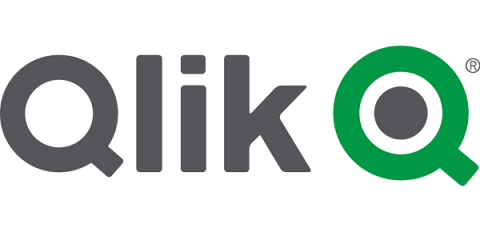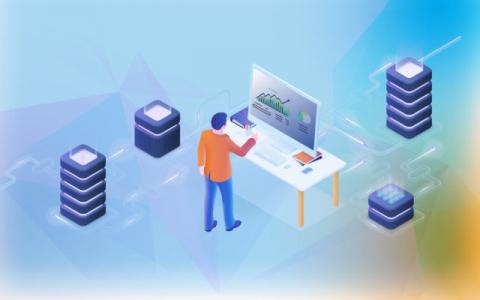The Qlik Sense November 2018 Release
This month is packed with exciting news at Qlik, with the latest being the availability of Qlik Sense November 2018. This release introduces a game changing AI capability – cognitive machine learning. Qlik is leading the market with precedent-based learning capabilities, allowing our Cognitive Engine to get “smarter” over time based on user behavior and feedback, Qlik Sense artifacts, business rule definitions, and other sources.








